Ireland's most beautiful hidden treasures
Irish beauties
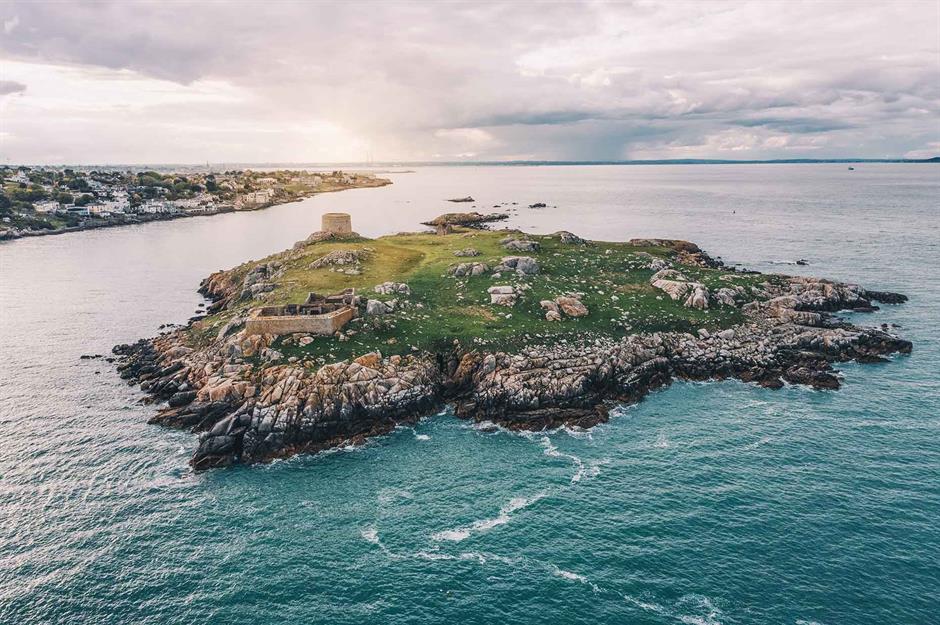
Hook Lighthouse, County Wexford
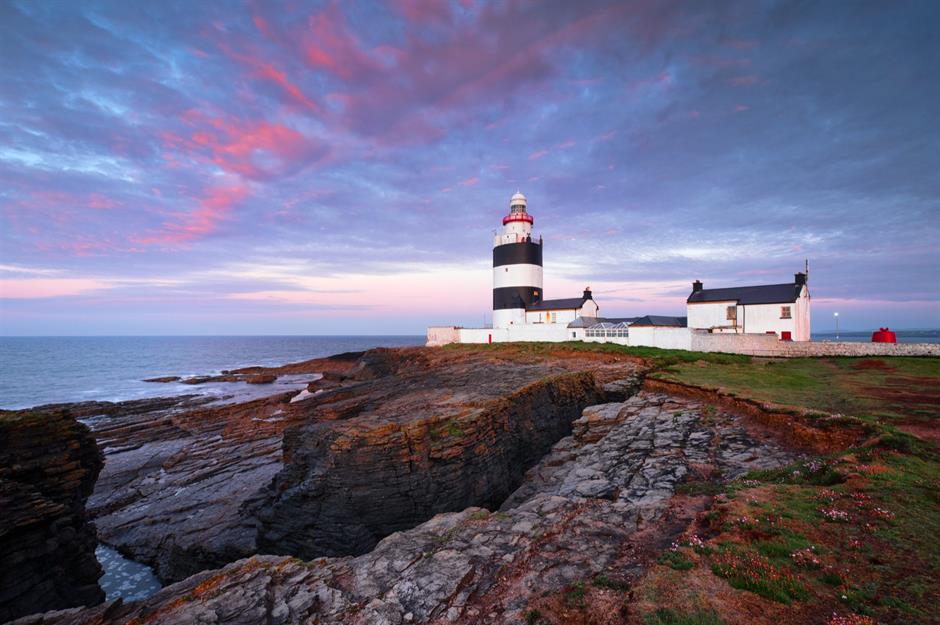
Doonagore Castle, County Clare
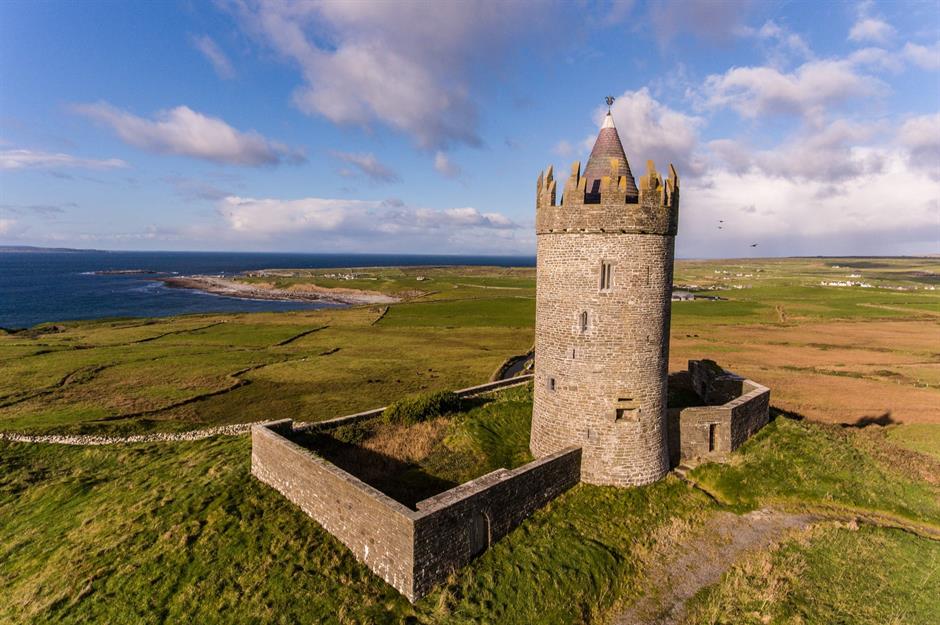
Doonagore Castle might look like it’s been plucked from a fairy tale, but its history is more like the stuff of horror stories. Located in County Clare, 1.2 miles (2km) south of Doolin, it was built in the 16th century to monitor passing ships. In 1588, when Spain attempted to invade England, a ship from the Spanish Armada crashed near the castle. Despite the fact its 170-strong crew managed to escape the shipwreck, they were taken prisoner by the High Sheriff of Clare, Boetius MacClancy, and were hanged at the castle. It's thought that their remains are buried near Doolin.
Kinsale, County Cork
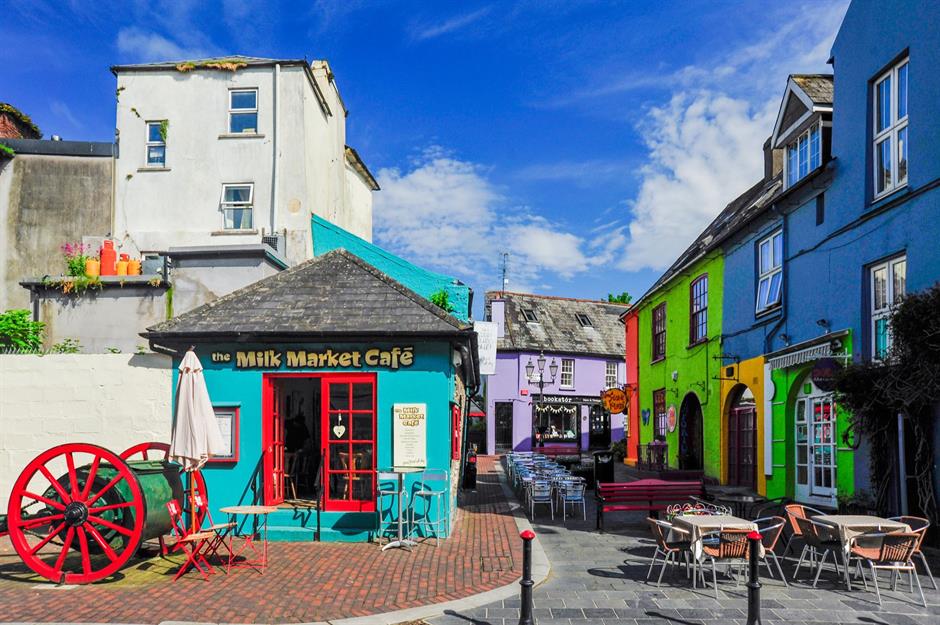
Caves of Keash, Ballymote, County Sligo
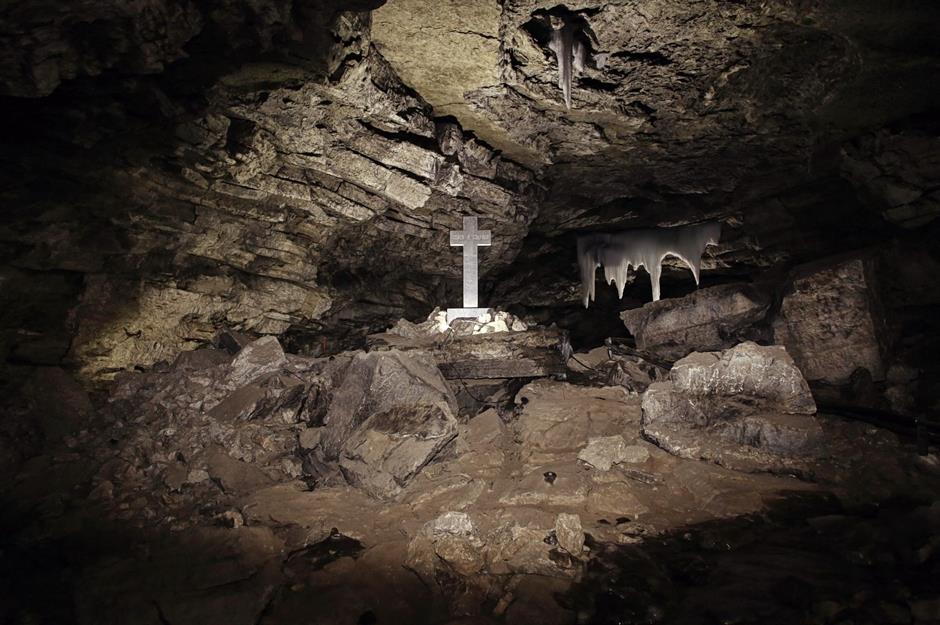
Dunmore East, County Waterford
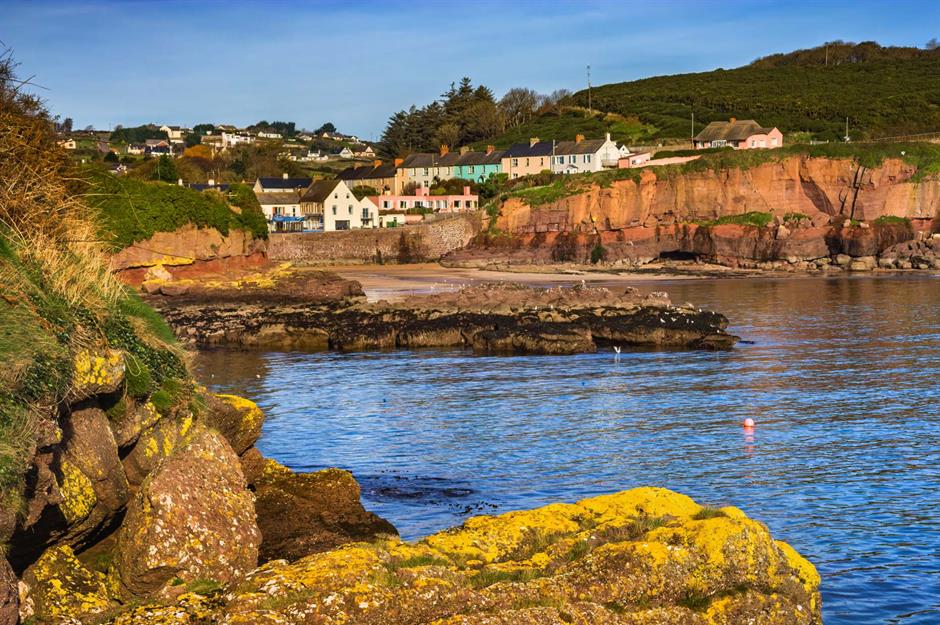
Dunmore East got its name from the promontory forts that were built on its slopes during the Iron Age, which led people to call it ‘Dun Mor’, meaning ‘Great Fort’. Thanks to its sheltered harbour, it became an important fishing port and today it’s one of five designated Fishery Harbours in Ireland – it also holds the world record for the largest tuna ever caught on a rod. With its cobbled streets and thatched cottages, it’s full of old-world charm.
Hore Abbey, County Tipperary
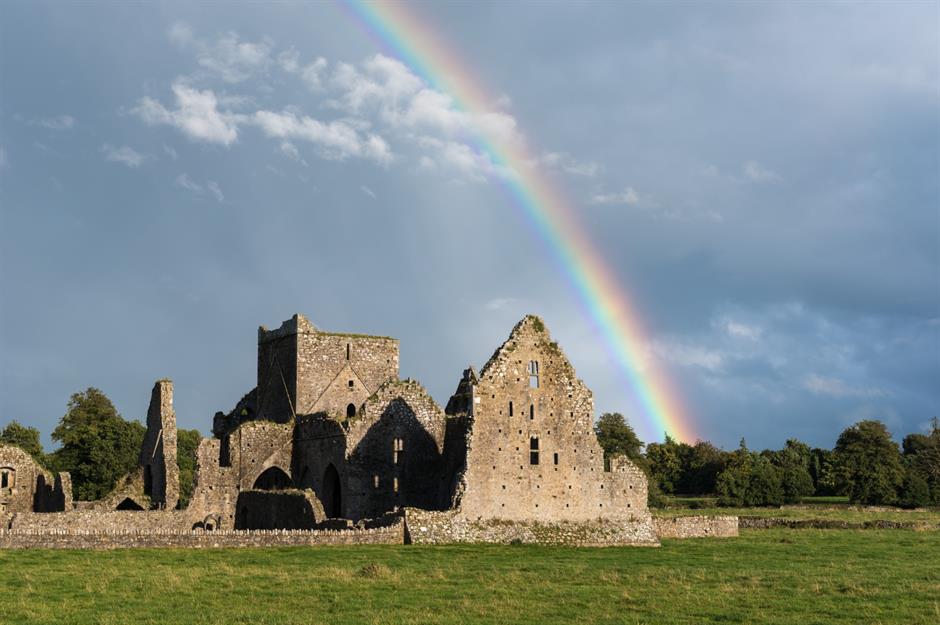
The nearby Rock of Cashel might be grander and better preserved, but Hore Abbey more than makes up for it in romanticism and history. Built by the Benedictine Order in the 13th century, it was given to monks by David McCarvill, the archbishop of a nearby church. However, he drove them away, after allegedly having a dream that they tried to kill him. In the 15th century, significant changes were made to the abbey, notably the addition of its central tower.
Love this? Follow our Facebook page for more travel inspiration
Skellig Michael, County Kerry
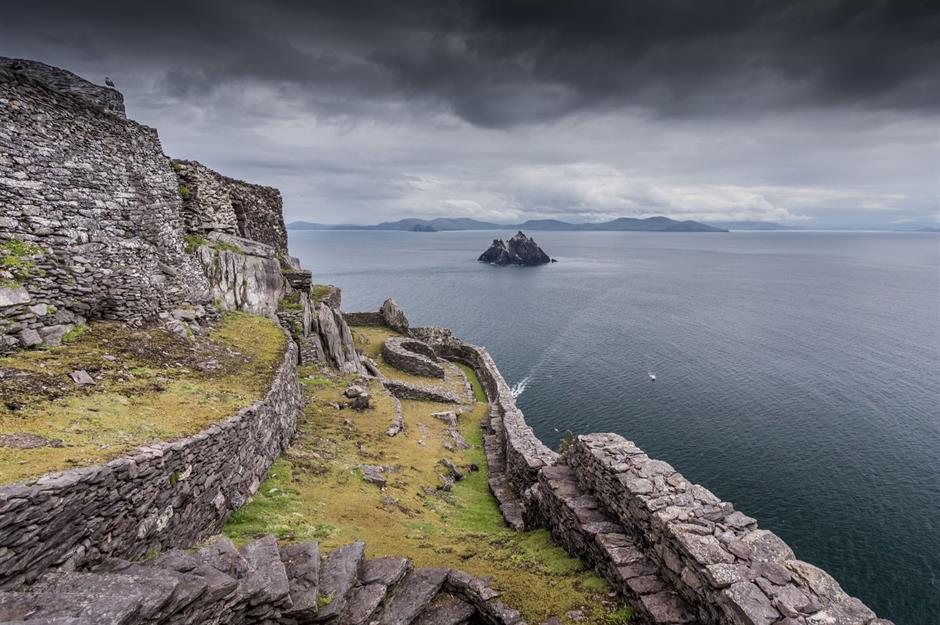
Recognise this enchanting little island? Skellig Michael was used as a filming location for Star Wars: The Force Awakens and The Last Jedi. Located around eight miles (12km) off the coast of Iveragh Peninsula in County Kerry, the rugged isle is topped by a monastic settlement which is believed to date back to the 6th century. Monks lived here until the 13th century, when they were driven back to the mainland by harsh weather conditions. The smaller island of Little Skellig can be seen in the distance.
Inishbofin Island, County Galway
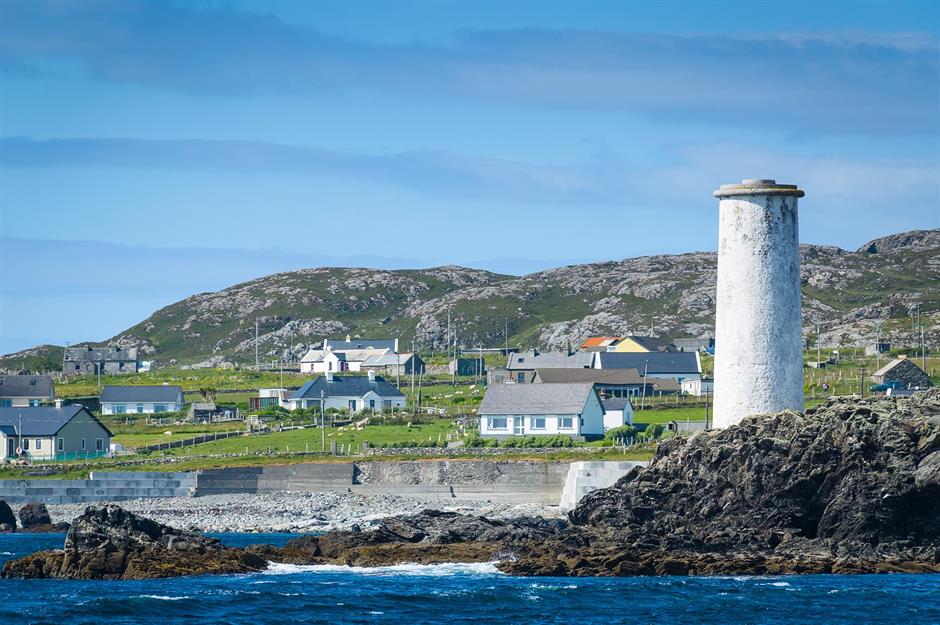
Rock of Dunamase, County Laois
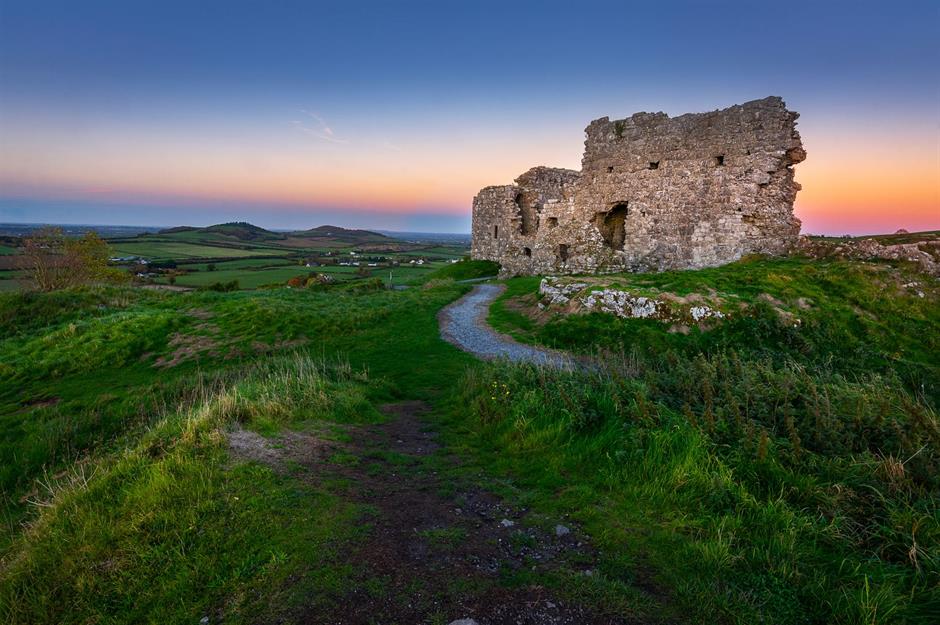
The Rock of Dunamase, located near Portlaoise in County Laois, is steeped in archaeological and historical significance. Initially home to an early Christian settlement, it was pillaged by the Vikings in AD 842, then became an Anglo-Norman fortress during the 12th century. Passed through generations of rich families, it was left in ruins by around 1350 and blown up by the military 300 years later. In this stunning sunset shot, the storied ruins cast a romantic silhouette against the southern Irish countryside.
Keem Bay, County Mayo
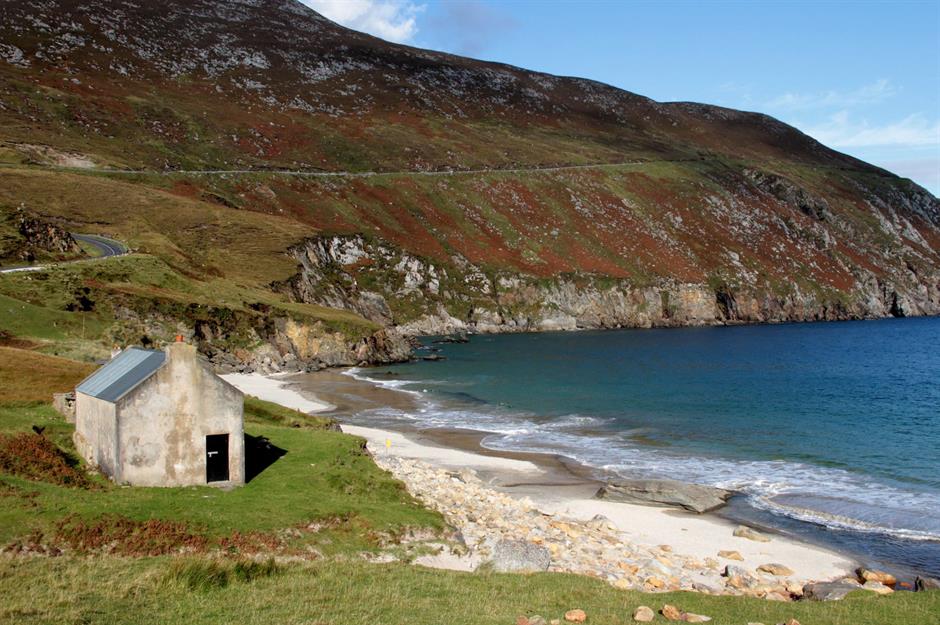
Ireland has no shortage of beautiful beaches and Keem Bay is one of its most breathtaking. Situated on the picturesque coast of Achill Island, just off the western coast of County Mayo, it’s surrounded on both sides by steep cliffs which create the perfect horseshoe-shaped bay. Accessible only by a winding clifftop road, this dainty beach is blissfully secluded.
These are the world's empty and beautiful beaches from above
Bantry House and Gardens, County Cork
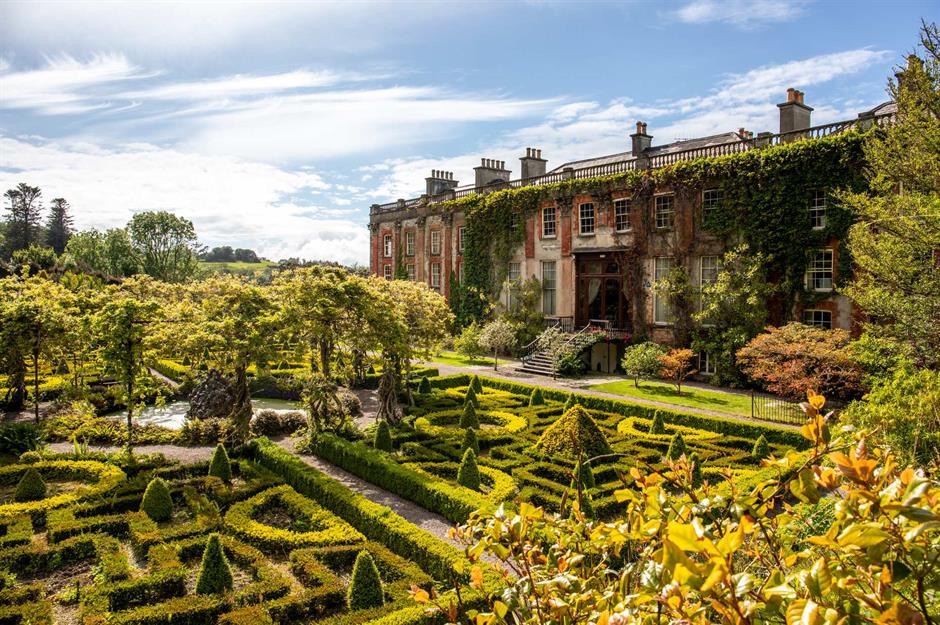
Bád Eddie Shipwreck, County Donegal
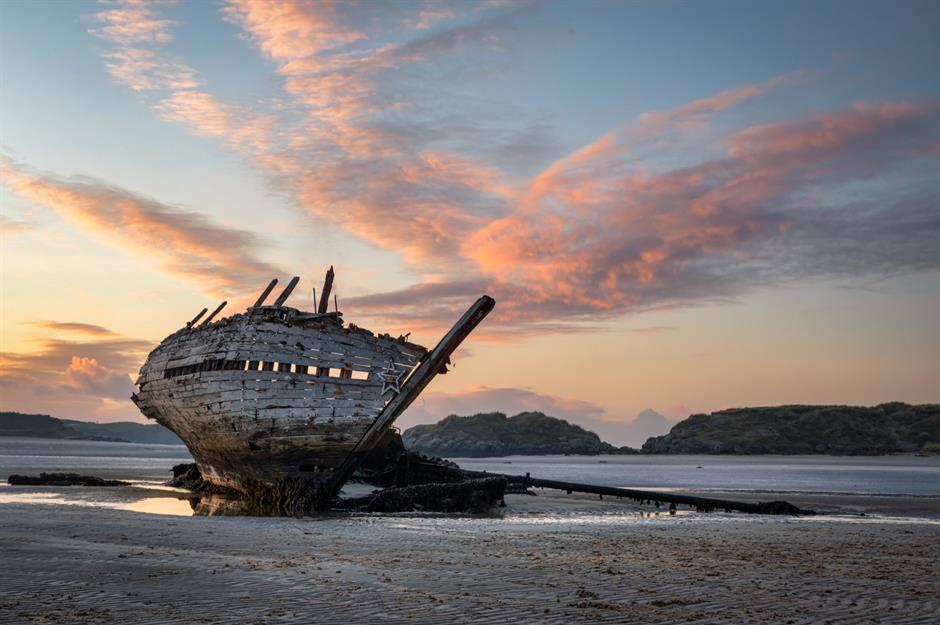
The shipwreck of Bád Eddie has stood on Magheraclogher beach, County Donegal, for almost 50 years. The boat, formerly owned by local fisherman Eddie Gillespie, washed up here in the 1970s and since then it’s become a beloved part of the landscape. In winter 2020, locals were so concerned that it might not withstand harsh weather that they formed a rescue plan to protect the shipwreck, which involves reinforcing it with steel so that it will be preserved for future generations.
Here are more stunning photos of the world's most spectacular shipwrecks
Slieve League Cliffs, County Donegal
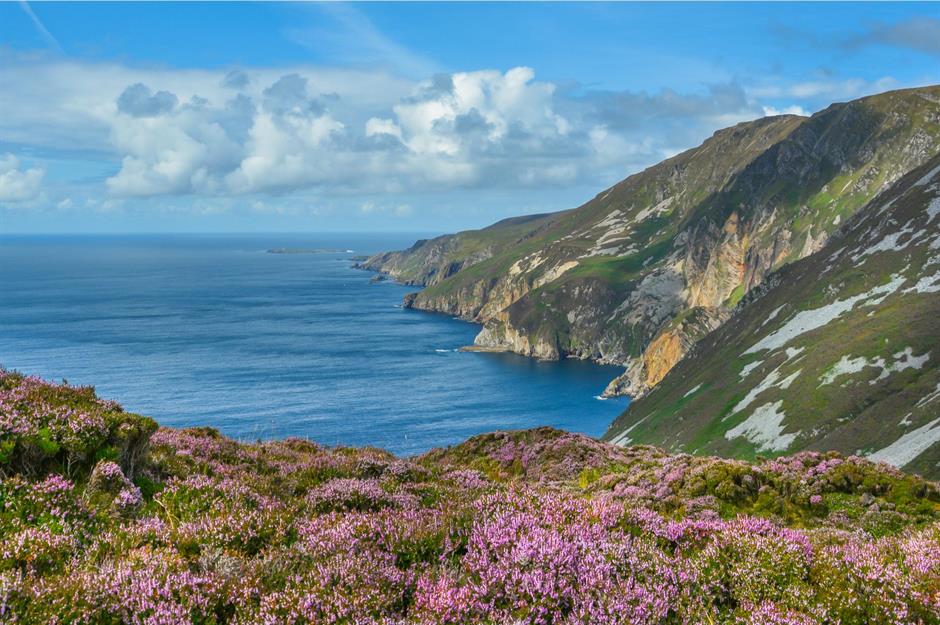
Despite being almost three times the height of the Cliffs of Moher, County Donegal’s Slieve League Cliffs lack their fame – although it’s difficult to see why. Reaching 1,972 feet (601m) at their highest point, these majestic sea cliffs are among the highest in Europe. During the 18th and 19th centuries, Catholic worship was illegal in Ireland, but many Catholics refused to convert to Protestantism, so they created a makeshift church out of rocks along these cliffs. Today, the remains of this church, known as "Mass Rock", can be spotted along the coastline.
Ring of Beara, County Kerry and County Cork
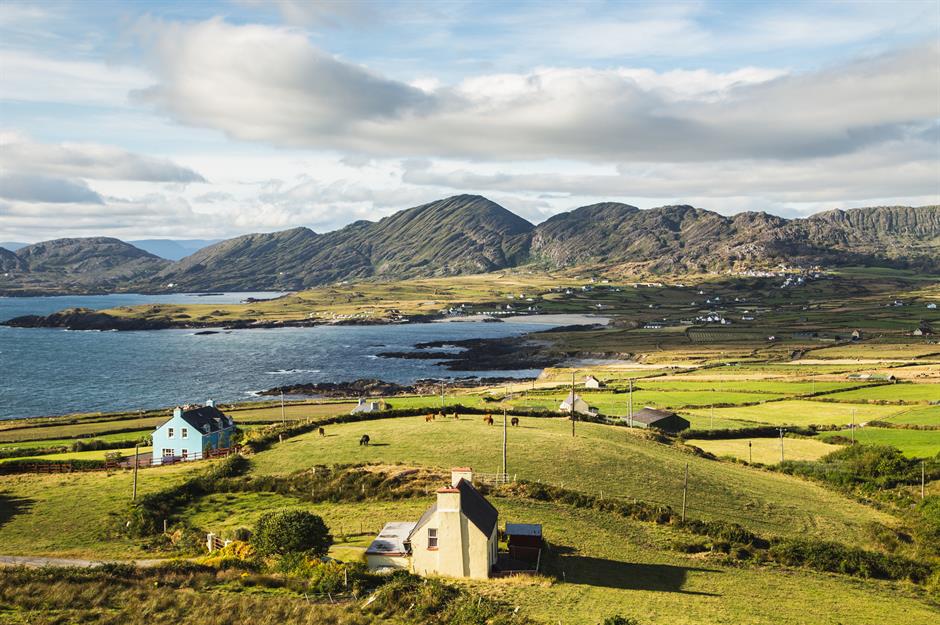
The Wonderful Barn, County Kildare
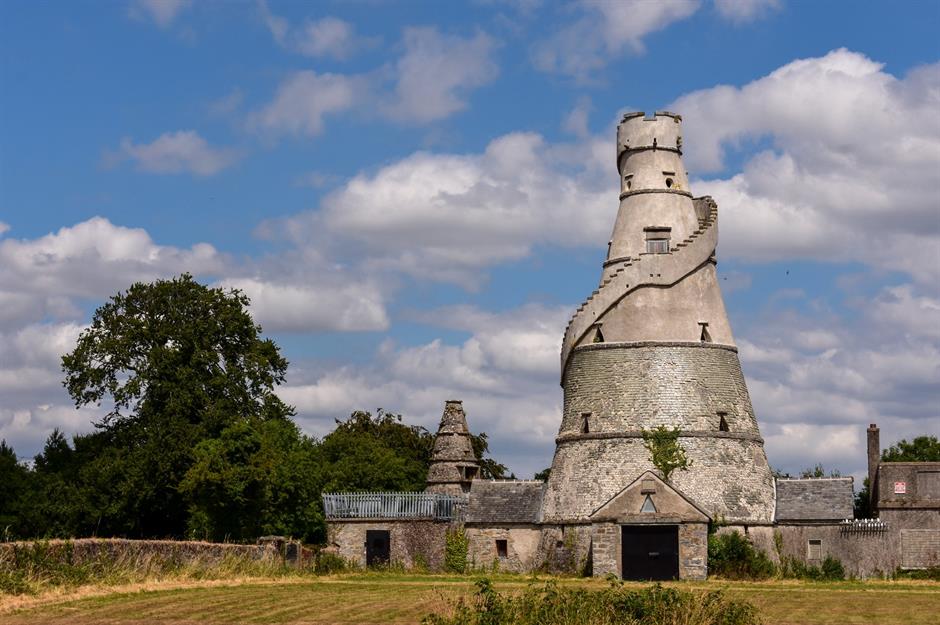
Poolbeg Lighthouse, County Dublin
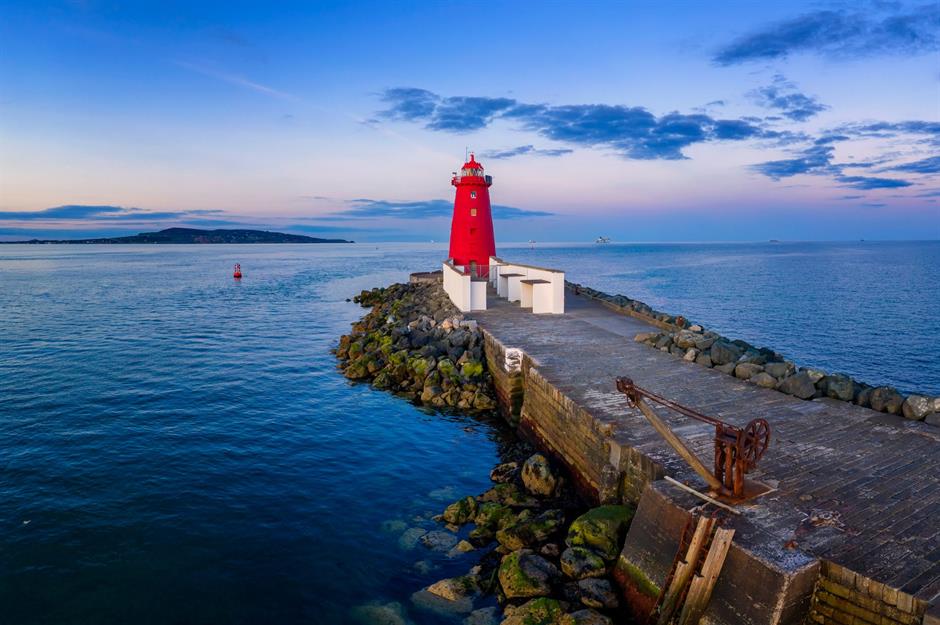
With its vivid red tower standing out against a serene-looking Dublin Bay, Poolbeg Lighthouse looks postcard-perfect here. First built in 1768, the present lighthouse was constructed in 1820 and is situated at the end of the Great South Wall – one of the longest sea walls in Europe. Offering impressive views of Dún Laoghaire, Howth, Bull Island and Dublin Mountains, the panoramic spot is popular with walkers.
Discover more of the world's most beautiful lighthouses here
Torc Waterfall, Killarney National Park, County Kerry
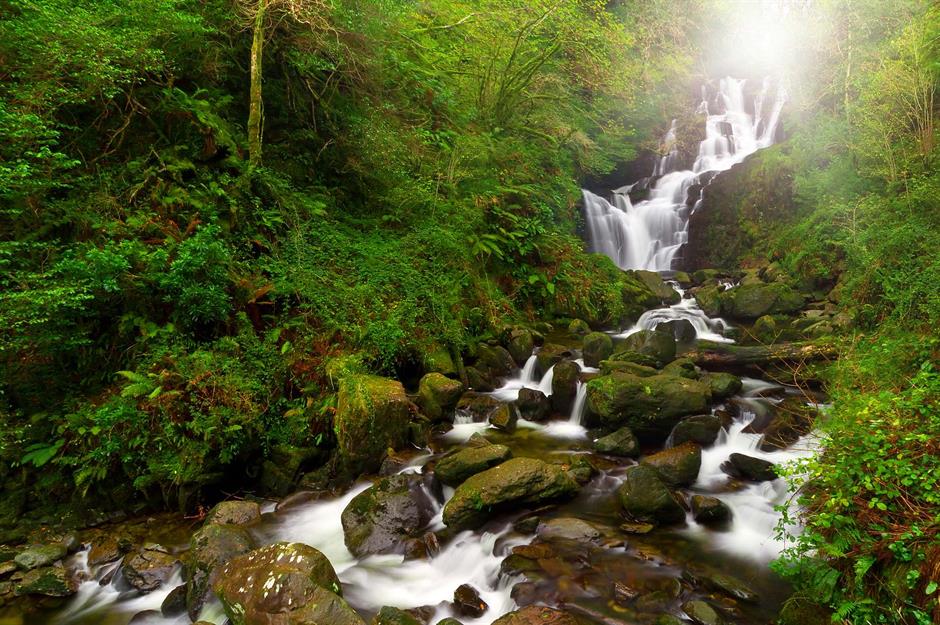
Newgrange, County Meath
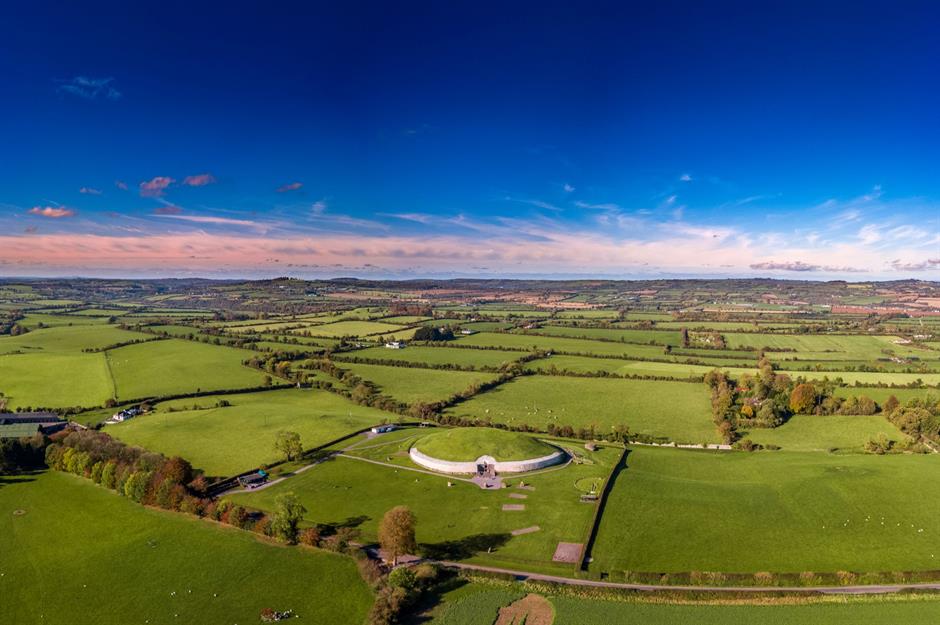
This prehistoric tomb, nicknamed “Ireland’s Stonehenge”, is thought to be even older than its British cousin. Dating back 5,000 years, the 262-foot (80m) wide grass-topped mound is surrounded by 97 kerbstones engraved with megalithic art. Inside, there’s a small passage leading into a chamber with three alcoves. Steeped in historic and spiritual significance, it has been classified by archaeologists as a passage tomb – a megalithic monument consisting of several burial chambers covered in earth or stone.
Check out more of the most mysterious stone circles in the world
Phoenix Park, County Dublin
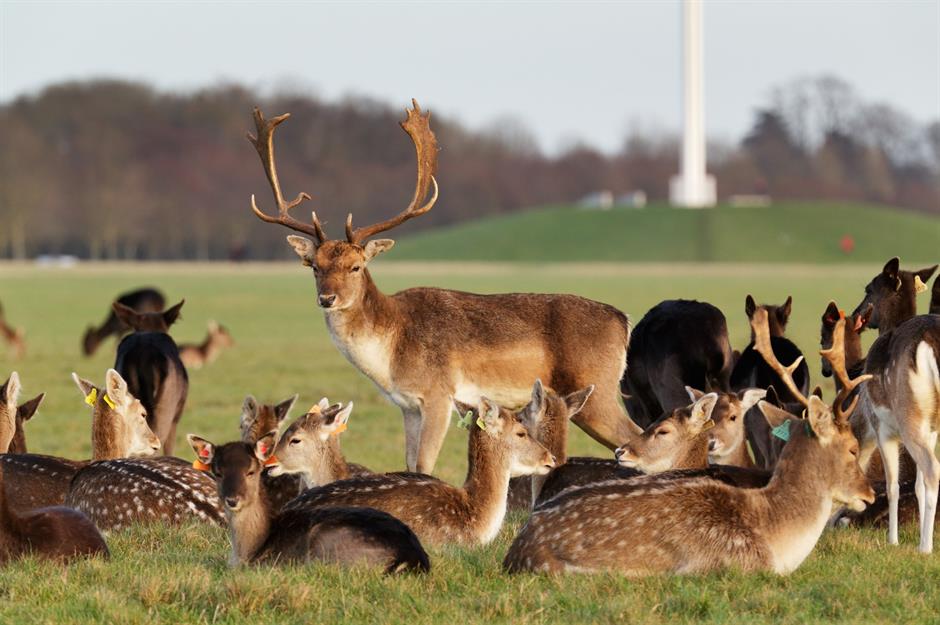
One of the largest and most historic city parks in Europe, Dublin’s Phoenix Park started life in 1662, when it was established as a royal deer hunting site. Today, it’s home to a large herd of fallow deer as well as being an important habitat for a variety of trees – which cover 30% of its area – including ash, oak, beech, sycamore and horse chestnut. There’s also the famed Dublin Zoo, a Victorian flower garden and the 19th-century Wellington Monument to admire in its 1,752-acre grounds.
Kilmacduagh Monastery, County Galway
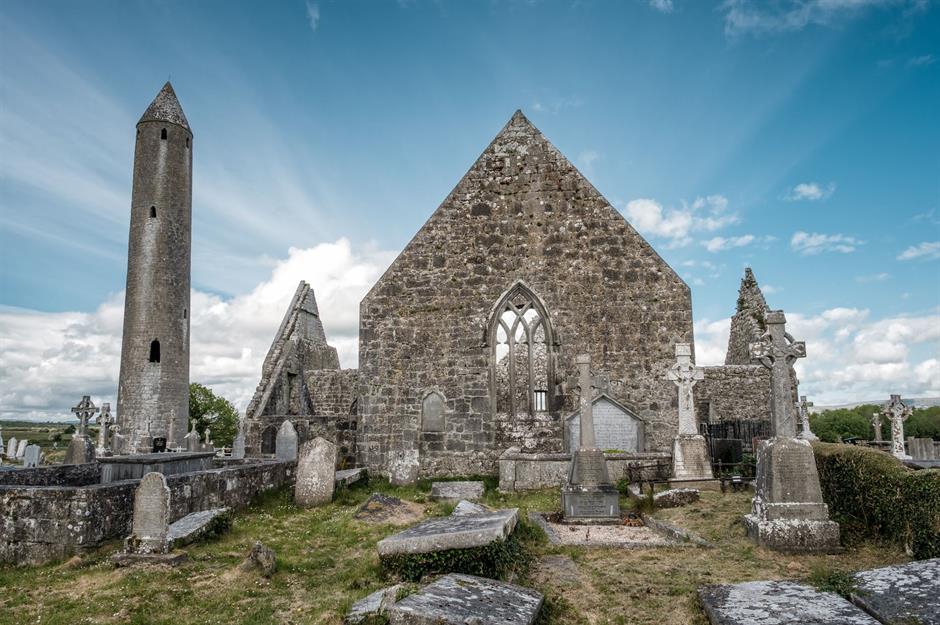
Cooley Peninsula, County Louth
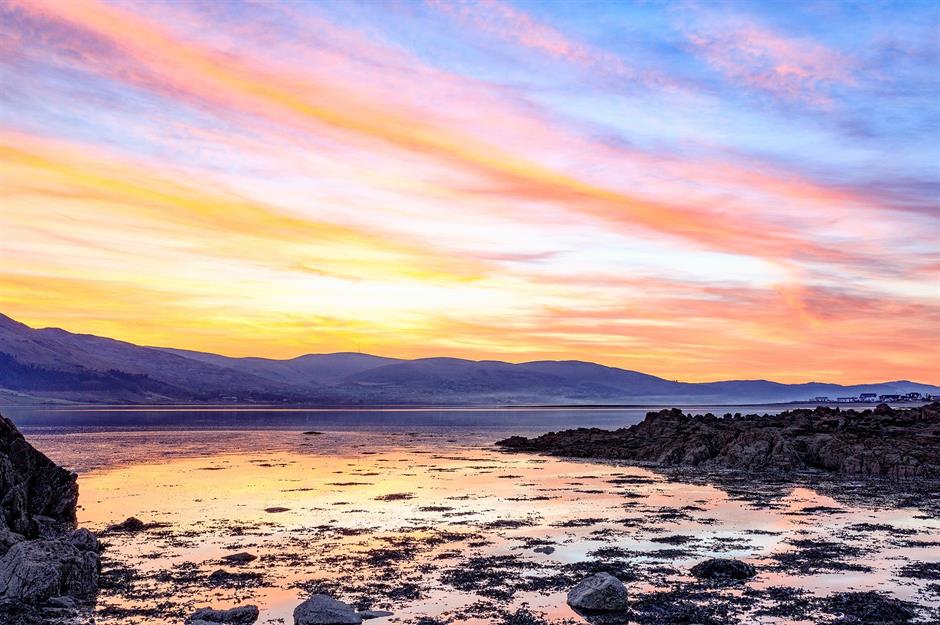
Downpatrick Head, County Mayo
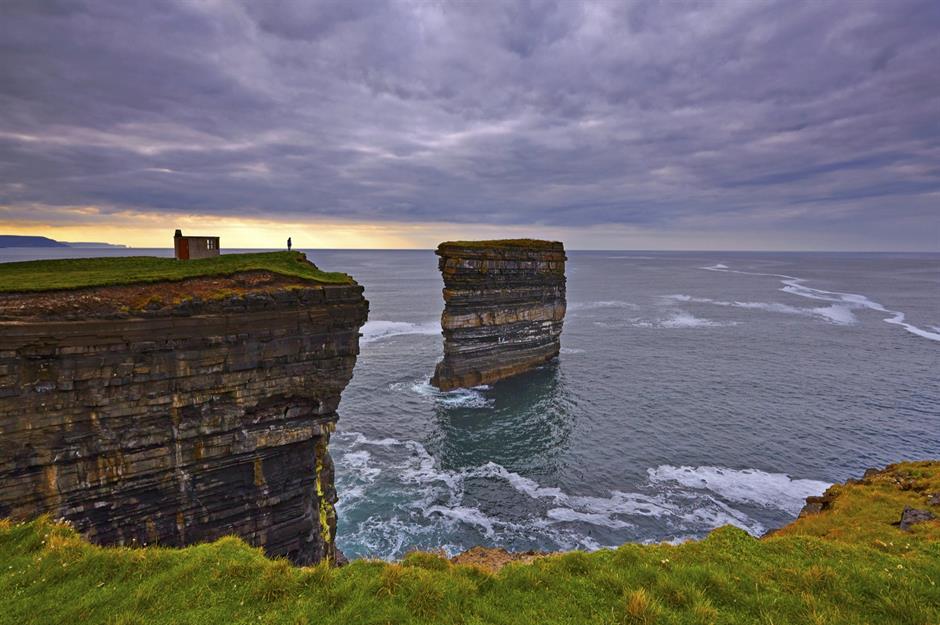
The razor-sharp sea stack of Dún Briste looks as if it’s been cut away from the cliffs of Downpatrick Head with a knife. In fact, according to local lore, it actually was. The story goes that when a pagan chieftain refused to convert to Christianity, Saint Patrick struck the ground with a crozier, splitting the rock off the headland. Legends aside, it’s thought that the stack broke away from the mainland due to very rough sea conditions in 1393, causing a rock arch to collapse.
Cork City Gaol, County Cork
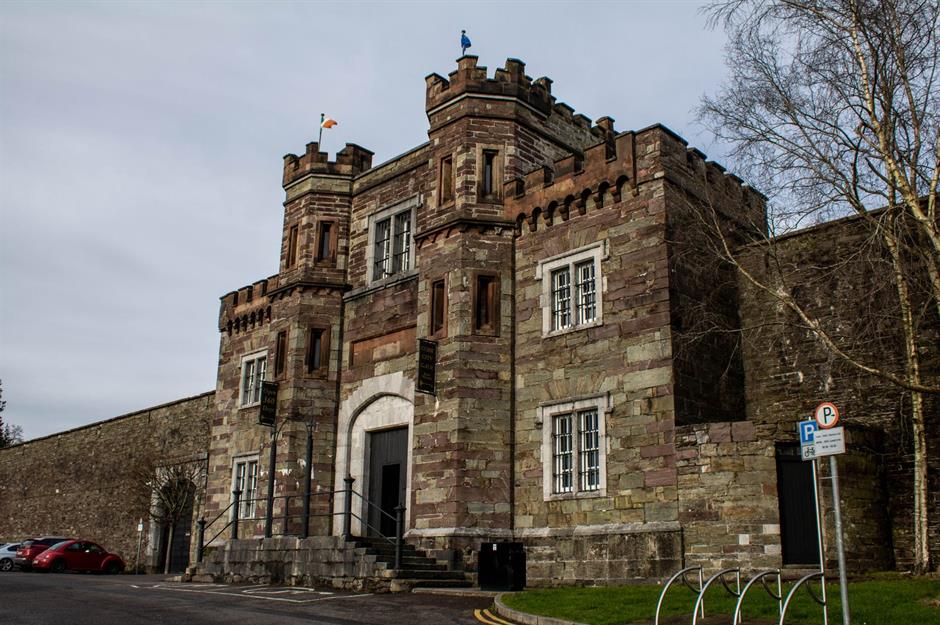
The history of Cork City Gaol is as intriguing as it is chilling. Built in the early 19th century, it served as a prison for criminals in the city, many of whom were put behind bars for petty crimes such as stealing loaves of bread. Up until 1868, when public hangings became illegal, those given the death sentence would be hanged from the gatehouse outside. After closing in 1923, the building was, strangely, used to house local radio stations up until the 1950s, then it opened as a museum in 1993.
Gap of Dunloe, County Kerry
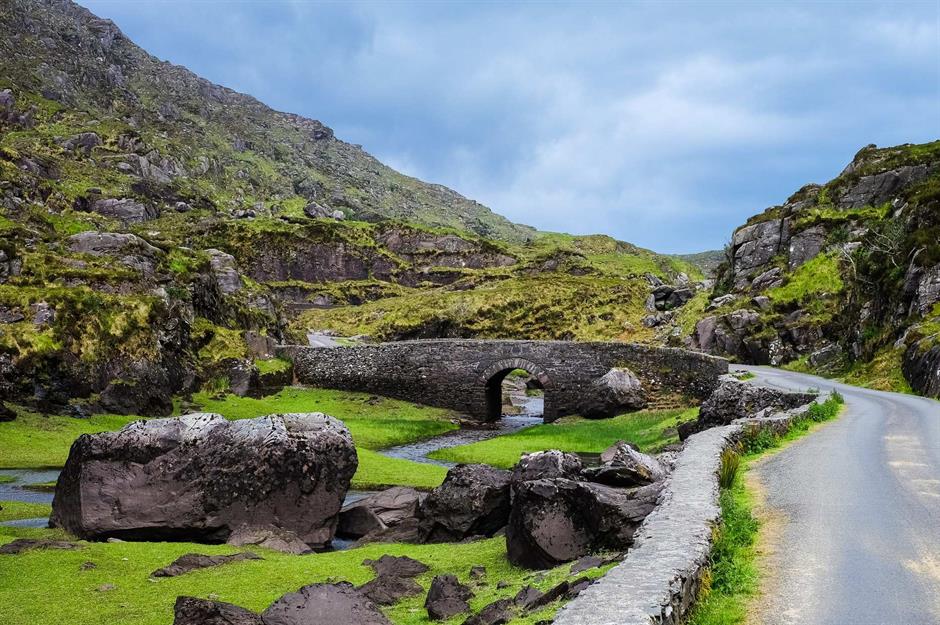
A remote, seven-mile (11km) mountain pass which encompasses winding hairpin bends and narrow bridges, the Gap of Dunloe is not for the faint-hearted. Since it’s difficult to drive, many visitors hire traditional horse-drawn wagons to traverse it, although it’s also possible to walk or cycle. Pictured here is the Wishing Bridge, straddling Coosaun Lough and Black Lake, where it’s said that any wishes made upon it will come true.
See these jaw-dropping pictures of the world's most dangerous roads
Doon Fort, County Donegal
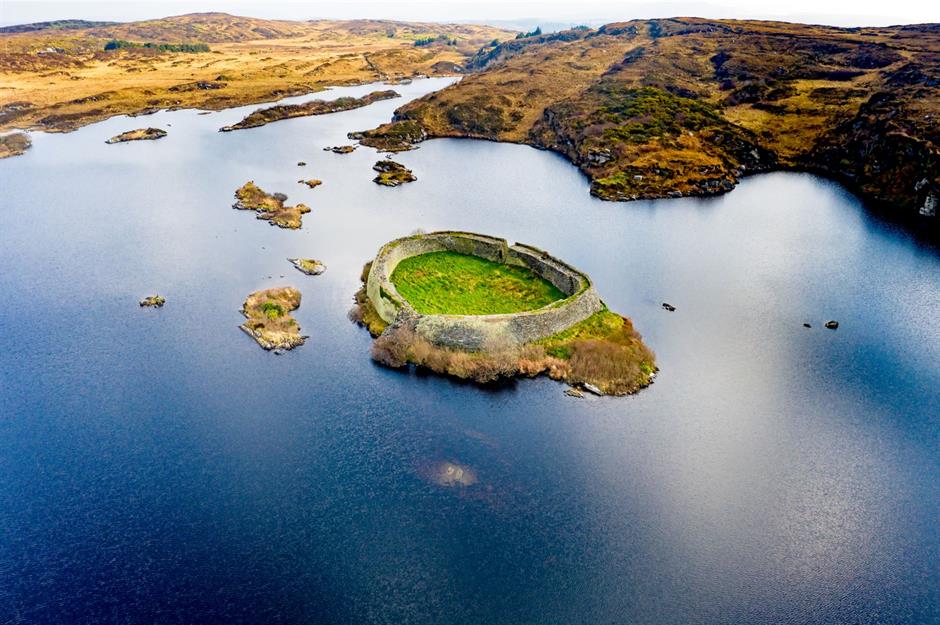
Sitting on its own tiny island in the middle of Loughadoon, just outside the village of Ardara, Doon Fort makes for an unusual sight from the skies. While its exact date of construction isn’t known, estimates suggest it was built between the late Iron Age and early medieval times. Occupied by the Breslin clan from the 5th century onwards, followed by the O’Boyle clan, the fort fell into disrepair for hundreds of years before being restored in the 1950s.
Take a look at more incredible photos of the world from above
Copper Coast Geopark, County Waterford
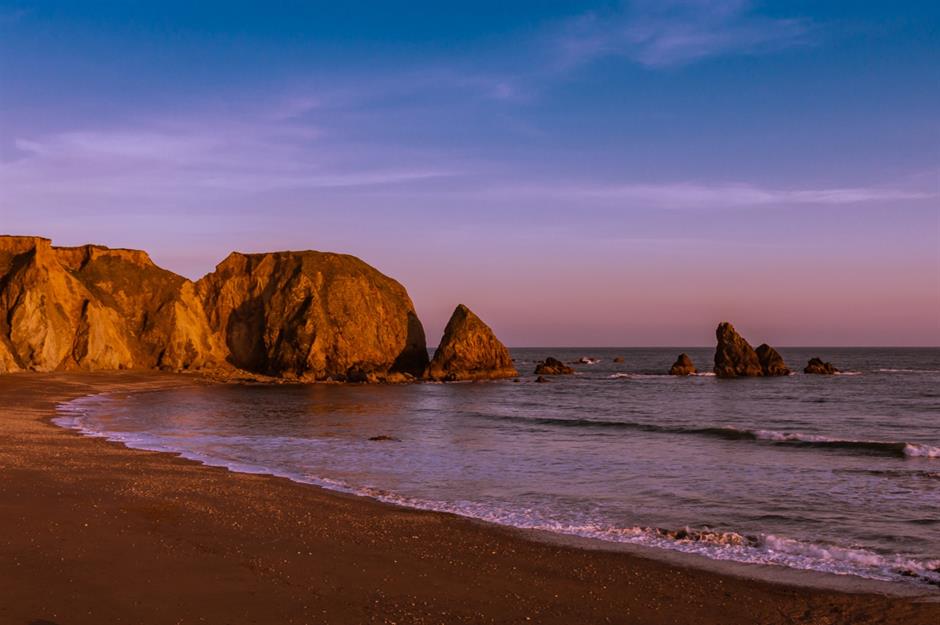
Mount Errigal, County Donegal
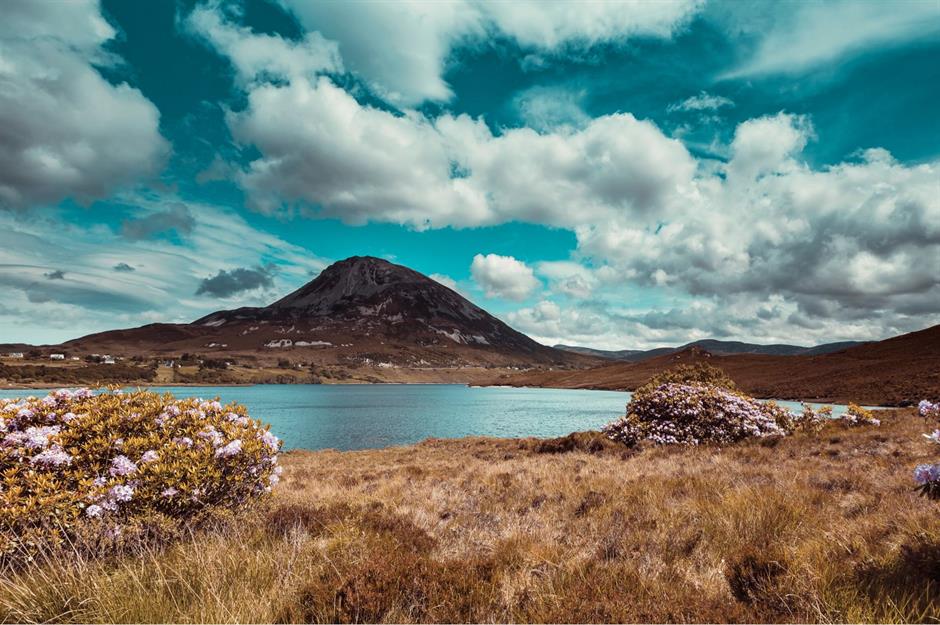
Cobh, County Cork
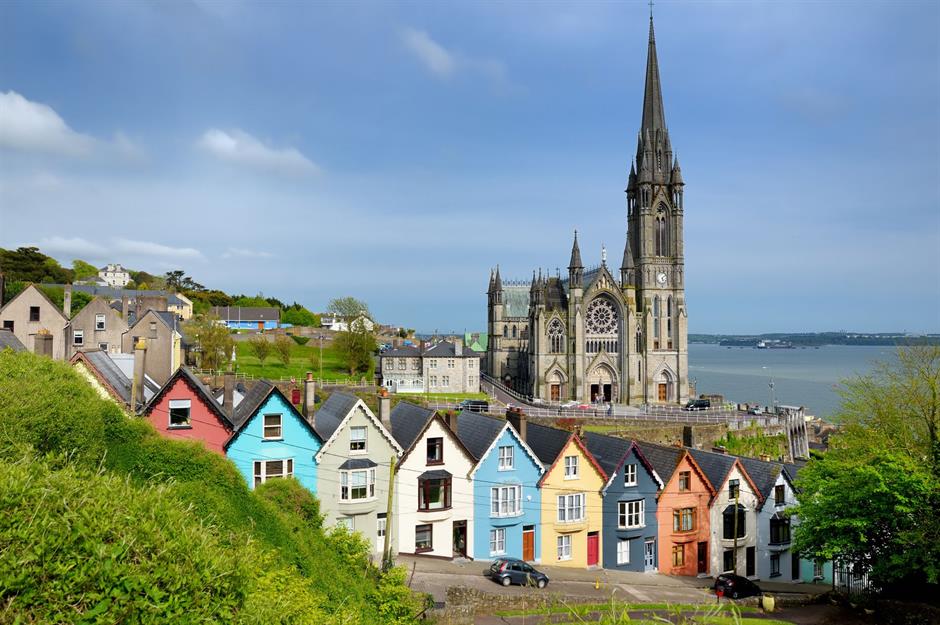
With its rainbow of colourful houses sloping down the steep Bandon Hill, Cobh has long intrigued visitors. Yet peel back the pretty façade and it has a fascinating history too. Situated on Great Island in Cork Harbour, the town (then known as Queenstown) was the departure point from which 2.5 million Irish emigrants left the country for America between 1848 and 1950. On 11 April 1912, it was the final port of call for the Titanic, which sank three days later. Seven fortunate passengers had left the ship at Cobh, including the Odell family and the Jesuit priest Father Francis Browne.
Dunquin Pier, County Kerry
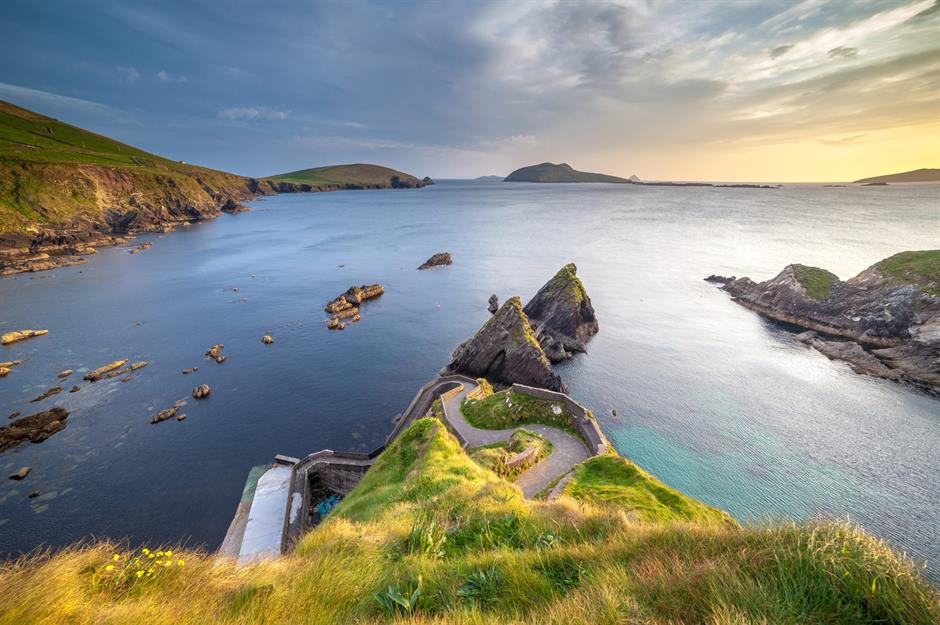
A narrow, winding walkway set on vertiginous cliffs, Dunquin Pier is a breathtaking spot along Ireland’s Wild Atlantic Way. Situated on the Dingle Peninsula, stretching 30 miles (48km) into the Atlantic Ocean, the meandering path leads to a small ferry service which takes passengers to the tiny, uninhabited Blasket Islands just off the coast. The views are simply majestic.
Muckross House, County Kerry
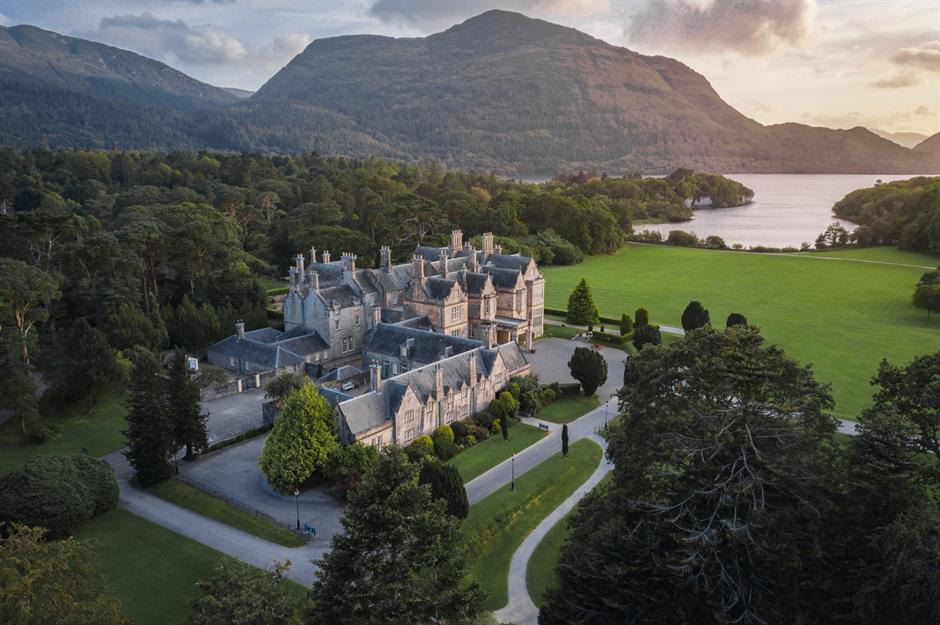
The regal-looking Muckross House, looking out onto the tranquil Muckross Lake, is the jewel in the crown of Killarney National Park. This 19th-century mansion was designed by Scottish architect William Burne and was built in a Neo-Tudor style, with recognisable stepped gables and chimney pots. Consisting of 65 rooms spread across three floors, inside, the house retains many of its original furnishings and artefacts.
Dalkey, County Dublin
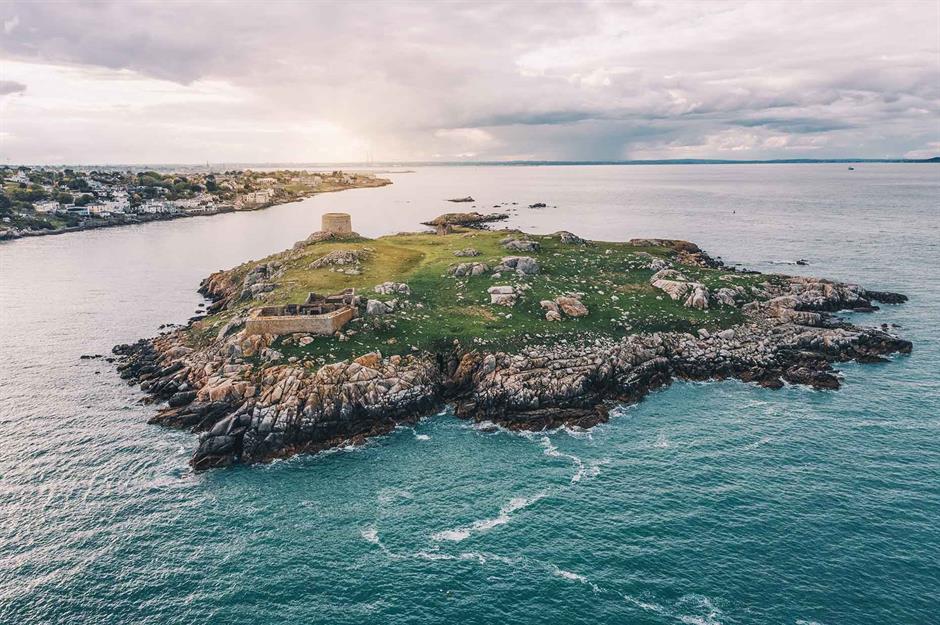
Russell Crowe is currently in Dalkey, where he's filming his latest movie, The Pope's Exorcist – so why not make like Russell and visit this affluent seaside town yourself? Head to Dalkey Castle (complete with costumed guides) or take a boat trip to uninhabited Dalkey Island with Ken the Ferryman, where you might spot pods of dolphins en route. Once there, you can take in remnants of the island's ancient past or simply soak up the tranquillity among local wildlife.
Comments
Be the first to comment
Do you want to comment on this article? You need to be signed in for this feature